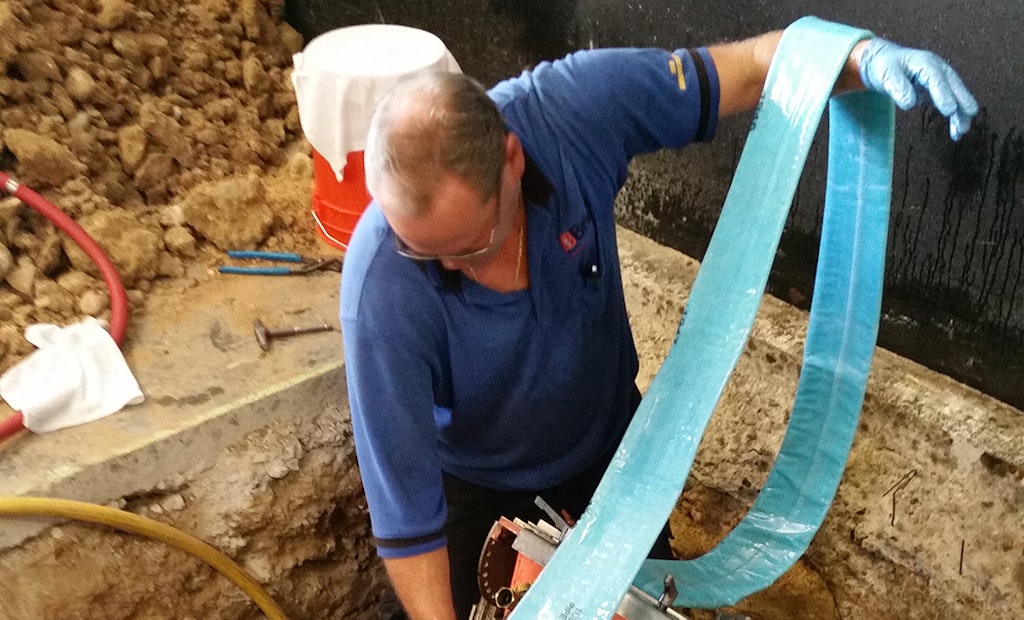Interested in Relining/Rehab?
Get Relining/Rehab articles, news and videos right in your inbox! Sign up now.
Relining/Rehab + Get Alerts“I’ve been lining pipe for years now, but a new supplier says I should move to coating and dump the CIPP process. Is this a good idea?”
I’ve spent the better part of the past year developing a coating process and have well over 20 years of CIPP lining experience. Here’s what I’ve observed: As the runs get longer and there are fewer tie-ins, CIPP lining goes faster. When the tie-ins start adding up and the run is relatively short — 50 feet or less —coating comes into play.
Does my history with lining push me toward the CIPP process? Maybe, since it’s a proven technology that’s been around for almost 50 years with few problems. Coating is relatively new and still developing, but it does offer a viable solution to fix leaking drain, waste and vent piping without tearing out sheetrock and flooring.
At Pipe Lining Supply, we do carry 2-inch and 3-inch material for lining, but those smaller sizes are harder to install. The coating process offers a solution. When in apartment buildings, for example, it may be a challenge to get lining materials and equipment into place, particularly if moving people out is not an option. Trying to open covered tie-ins inside apartment walls with two bathrooms and a kitchen tied into a typical plumbing stack is next to impossible. We don’t make lining materials that will line 1 1/2-inch pipe that goes to 2-inch, then goes to 3-inch, and finally ties into a 4-inch drain. Coating or tearing out piping are the only two options.
I’ve noticed several companies claiming to be able to coat several hundred feet of pipe, but logistics may not allow you to do that in every instance. First, I don’t know of a cleaning device that’s going to properly clean hundreds of feet of pipe to the extent you need for coating. Assuming you get the pipe clean, the logistics of pushing a camera, hoses and cable to drive the coating process is difficult when the run is several hundred feet.
If your business plan includes servicing clients who have drain, waste, vent and sewer problems, you may need both systems. That’s a question you have to answer and determine what market segments you are going to cover and which ones you’ll leave to others. Dropping one technology for another may not be the best option. Do you only carry a pair of pliers in your toolbox to fix every problem you encounter? The same applies here with CIPP lining and coating.
My conclusion is that if you are fixing drain, waste and vent pipes inside of a building, coating becomes more viable. For lines extending out to the sewer main in the street, CIPP lateral lining makes more sense.
About the Author
John Heisler is the owner of Pipe Lining Supply and Quik-Lining Systems Inc. He has 20 years of experience in the CIPP lining industry and over 40 years in the underground construction industry.






